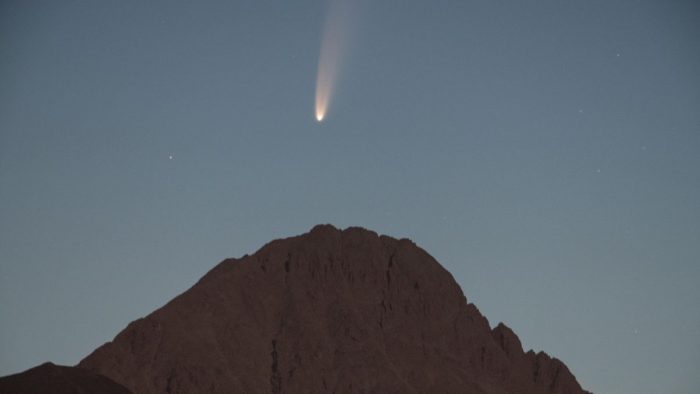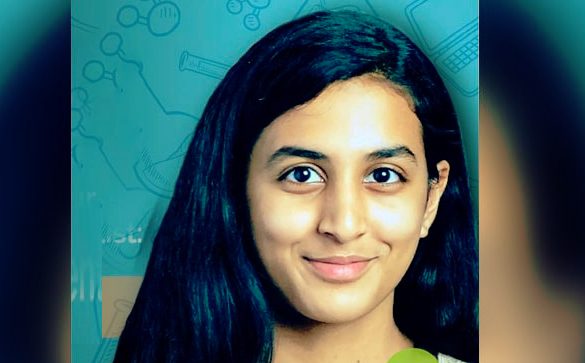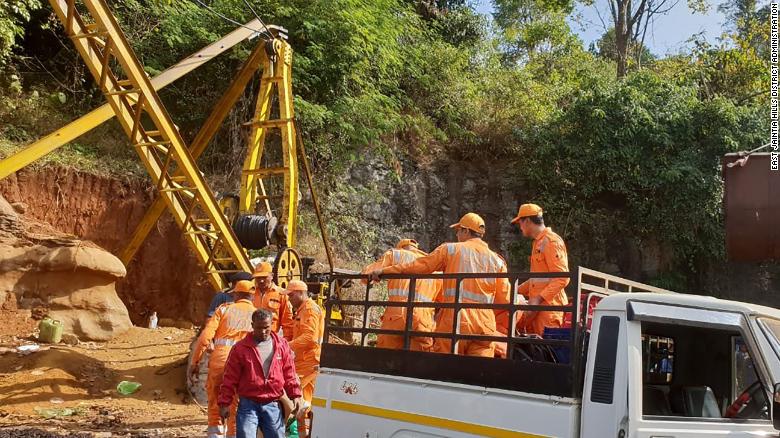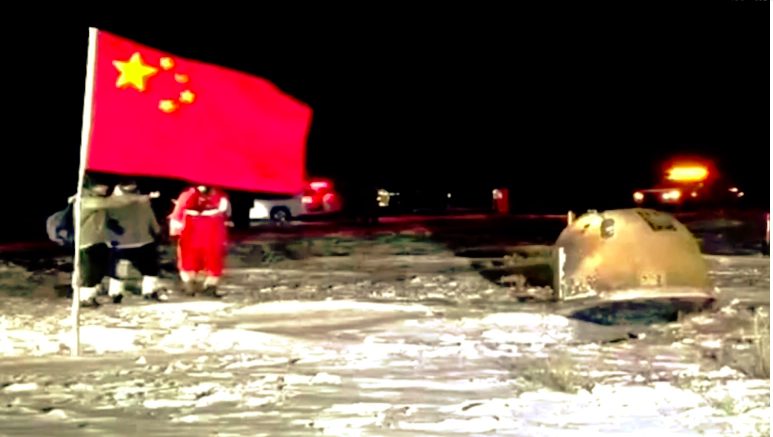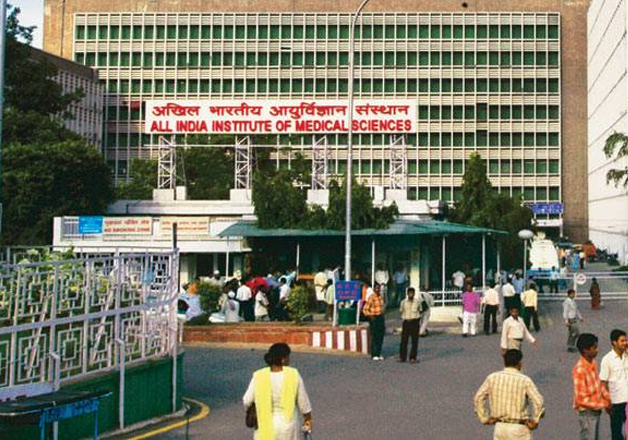Neowise is a comet discovered on March 27 by NASA’s, Near-Earth Object Wide-field Infrared Survey Explorer, an orbiting telescope.
Astronomers have calculated that the next time the comet makes its visit to the solar system will be 6,800 years later.
The discovery of the comet has come as an opportunity for astronomers and astronomy enthusiasts to break out of lockdown blues conditions and look forward to something interesting.
Since July 14, this group of stargazers, along with other astronomy enthusiasts across the country, have been trying to get a glimpse of what is being billed as a ‘naked eye’ comet, which means it can be spotted without the aid of any optical instruments.
[splco_spacer]

[splco_spacer]
Comet Neowise or C/2020 F3 has become the object of interest for the 1000-strong community of stargazers and astronomy enthusiasts across India
Explaining how one can spot the Neowise comet, Dr. BG Sidharth, director, BM Birla Science Centre, Hyderabad said, “The comet can most likely be seen next week around July 22 and 23 after sunset for a brief window of about 20 minutes. The most suitable time is from 7 pm to 7:30 pm. One must face the northwestern sky to catch the comet.”
With the naked eye, the comet, under clear skies and without light pollution from a location where the view of the horizon is unobstructed, is expected to appear as a fuzzy star-like object below the ‘pan’ formed by four stars of the easily identifiable ‘Big Dipper’ or Ursa Major, constellation.
A pair of binoculars can present a clearer view and the comet’s tail too can be seen if the sky is clear.
Though the local astronomical community had planned to hold several programs at the Birla Planetarium or the Osmania University’s Astronomy Department for viewing the comet, they have been canceled in view of the current Coronavirus spread.
[splco_spacer]

